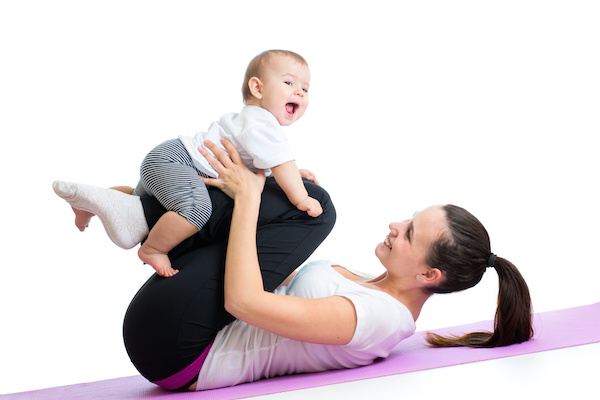MONDAY, Feb. 11 (HealthDay News) — When children go through a trauma — whether it’s as rare as a school shooting or as common as a car accident — they may need therapy to help them deal with it. But new research finds that experts know little about which types of therapy actually work.
The review, of 22 published studies, found that certain forms of “talk therapy” seemed effective for some kids exposed to traumas like a natural disaster, school violence or an accident.
The best evidence was for programs offered at schools that involved cognitive behavioral therapy — where counselors help kids talk about and change unhealthy thoughts and habits they have developed in response to the trauma.
But all in all, the published research offers little to go on, according to the review, published online Feb. 11 and in March print issue of Pediatrics.
“I was really surprised,” said lead researcher Valerie Forman-Hoffman, an epidemiologist at the RTI International research institute in Research Triangle Park, N.C. “I thought we’d have all this evidence that we could synthesize to help make recommendations.”
But that wasn’t the case. Forman-Hoffman’s team scoured more than 6,600 articles published in the medical literature. And they found only 22 studies that met their criteria for a well-designed, rigorous look at therapies for children exposed to traumatic events.
Some studies included children who’d gone through a trauma but weren’t yet having symptoms of post-traumatic stress syndrome; others focused on kids who did have symptoms.
In children, post-traumatic stress can manifest in a range of ways, including difficulty sleeping, nightmares, concentration problems and worrisome reactions to reminders of the traumatic event. For example, If a child was in a car accident, the sounds of an ambulance siren, even months later, might be upsetting.
A few studies found that talk therapy seemed helpful for either preventing or treating traumatic stress. No study found that antidepressants or other medications worked.
In most cases where the findings were promising, the study looked at a school program that included some form of cognitive behavioral therapy. Forman-Hoffman said that type of intervention would typically be rolled out when there is a trauma that affects the community.
The obvious example right now would be the Sandy Hook Elementary shooting two months ago in Newtown, Conn. That tragedy has thrown a spotlight on how to best help children through a trauma, Forman-Hoffman said.
“Unfortunately, as far as what’s supported by the evidence, we can’t make any recommendations,” she said.
Another expert agreed that evidence is lacking.
“We just don’t know much,” agreed Dr. Denise Dowd, who specializes in emergency care at Children’s Mercy Hospitals and Clinics in Kansas City, Mo.
But that doesn’t mean there’s nothing to be done, said Dowd, who wrote an editorial published with the study.
“We do have some evidence on what’s effective,” she noted. “And we do have to intervene when a child is having a hard time.”
Dowd added that even in the absence of evidence on formal therapies, parents themselves can make a big difference.
Kids who have a supportive parent or other adult in their lives are typically “resilient,” Dowd said. “Parents should recognize the power of their own nurturing. You don’t need published research evidence to know that’s important.”
Of course, some children do develop lingering problems after a trauma. It’s not clear how often that happens, study author Forman-Hoffman said, and a lot depends on the individual child.
Kids with a history of anxiety or depression, for example, seem to be at increased risk of post-traumatic stress. The same is true of children with chronic stress in their lives — like living in poverty or suffering maltreatment or abuse.
There are a lot of questions about when and how to intervene, Forman-Hoffman said. Do you offer help to all children who’ve been exposed to a trauma, like a school shooting or a tornado? Or do you wait until some kids have developed traumatic stress symptoms and intervene only with them?
One thing that’s unclear, Forman-Hoffman noted, is whether any therapies have negative effects. Could some children do worse because they are having to “relive” the trauma? That’s a particularly important question when it comes to therapies intended to prevent kids from developing symptoms.
“You do not want to do them harm, of course,” Forman-Hoffman said.
“Most children exposed to a non-chronic trauma will do fine,” Dowd said. But she and Forman-Hoffman both said it’s important to step in when children are having problems weeks to months after the trauma. Often, kids will only start having obvious symptoms at that point.
You can start by talking with your child about the event and how they are feeling. If you think your child is struggling, Dowd said, talk to your pediatrician or other provider.
The review focused on children who’d lived through natural disasters or “man-made” traumas like community violence. So, it does not say anything about therapies for kids suffering chronic traumas like abuse or neglect, Forman-Hoffman noted.
More information
Find out more about childhood traumatic stress from the National Child Traumatic Stress Network.

